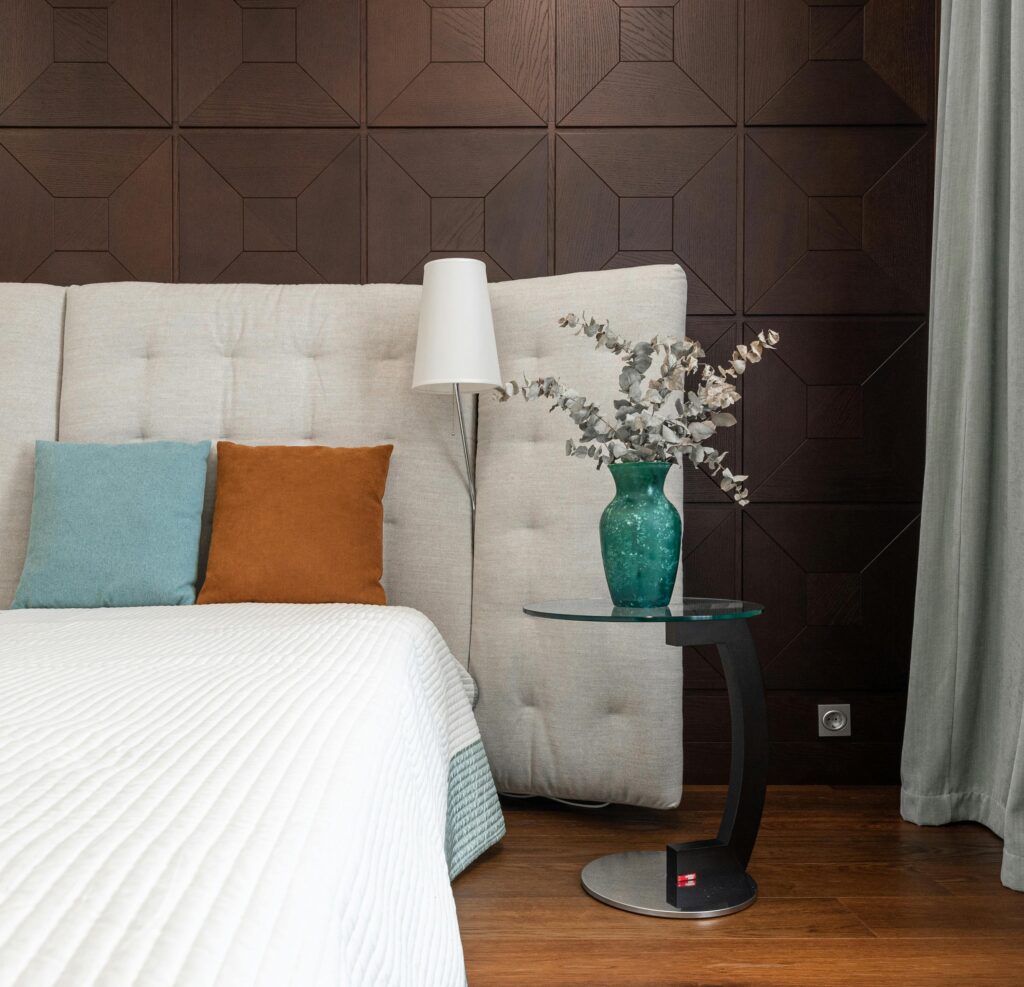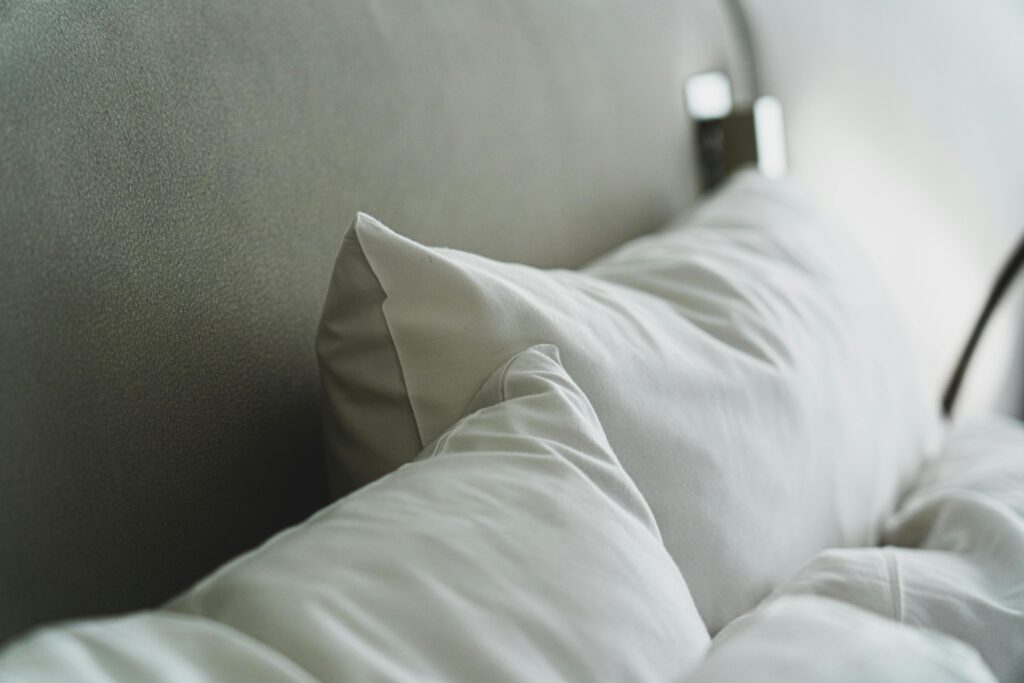
Unravel the truth behind thread count. Discover why a 1200-thread count sheet might be a marketing myth and learn what truly makes for luxurious, breathable, and durable bedding. Your ultimate guide to sleeping smarter
The showroom was a temple of tranquility. Soft, muted lighting fell on perfectly made beds, each one a pristine island promising a slice of heaven. I was on a mission, armed with a single, potent piece of knowledge passed down through generations of shoppers: higher thread count equals better sheets. My fingers, still cold from the winter air outside, reached out and brushed against a set of sheets with a label that proclaimed, in elegant script, “1200 Thread Count.” They were smooth, heavy, and carried a hefty price tag that felt like a necessary investment in my future slumber.
Across the aisle, another set caught my eye. They were simpler, almost underwhelming in their presentation. The label read “280 Thread Count, Long-Staple Egyptian Cotton.” They were significantly less expensive. I frowned. How could this be? 280 versus 1200? It was a mathematical no-brainier.
This was the beginning of my journey, a deep dive into the world of cotton, looms, and marketing magic that would completely unravel everything I thought I knew about a good night’s sleep. This isn’t just an article; it’s the story of that education, and I invite you to pull up a chair, perhaps even feel the fabric of your own sheets, as we discover what thread count really means.
Baltic Sea – King Size Micro Cotton Bed Sheet Set
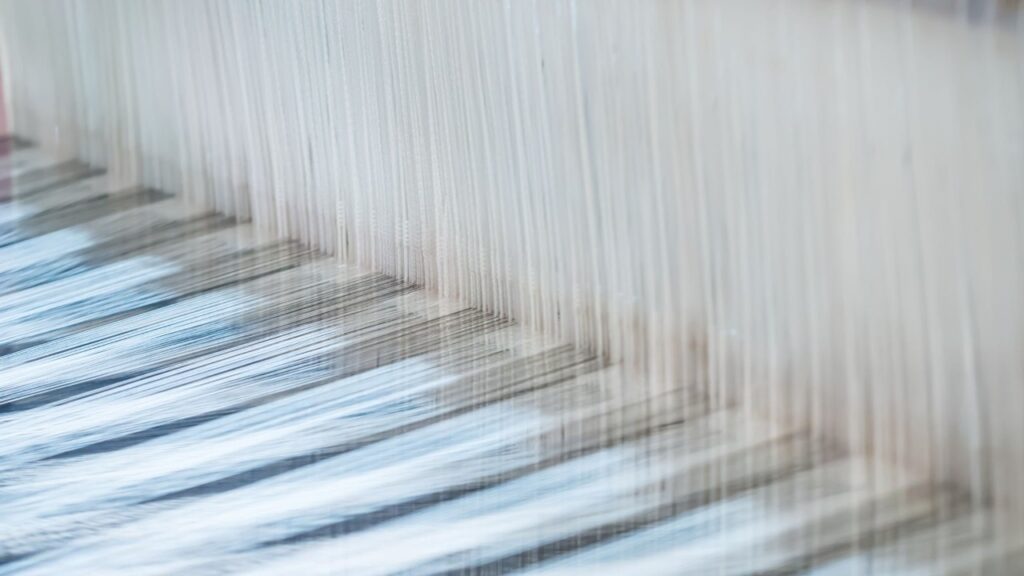
Thread Count (TC), then, is simply a measure of how many of these threads are packed into a single square inch of fabric. It’s calculated by adding the number of warp threads (running vertically) to the number of weft threads (running horizontally) in that one-inch square.
A 200-thread-count percale sheet, for instance, might have 100 warp threads and 100 weft threads in every square inch. Simple, right? On the surface, it seems logical: more threads packed tighter must create a finer, smoother, more durable fabric. And for a very long time, this was an unassailable truth. But then, the marketers arrived at the loom.
Quadra Noir Poly Cotton – FD Bedsheet Set
The Emperor’s New Sheets: The Myth of the Mega-Count

Back in the showroom, my hand was still resting on the 1200-thread-count sheets. They felt dense, almost slick. If 200 is good, 1200 must be six times better! This is the seductive lie of the high-thread-count arms race.
Here’s the secret they don’t want you to know: there’s a physical limit to how many threads you can practically weave into a square inch of cotton fabric. For the finest, most luxurious long-staple cottons, the absolute ceiling for a true, high-quality weave is around 500 to 600 threads per inch. Anything claiming to be significantly higher is, to put it bluntly, playing a game.
How do they do it? They change the rules of the game.
One common trick is to use multi-ply threads. A single thread spun from cotton fibres is called a one-ply thread. But if you take two or three of these smaller, inferior threads and twist them together into one thicker thread, you can call that single thread. Then, when you weave with these multi-ply threads, you count each ply as an individual thread in the count.
So, a sheet woven with two-ply threads might claim a thread count of 600, but in reality, it has the same number of physical threads as a 300-thread-count sheet. It’s a clever accounting trick. The resulting fabric is often heavier, denser, and can feel initially soft, but it lacks breathability. You’re essentially sleeping under a canvas of thick, twisted yarns that trap heat and moisture, leading to a less comfortable sleep. This is why that 1200-thread-count set felt so heavy and carried a slick, almost artificial smoothness—it was likely made with multi-ply threads, a lower grade of cotton, and chemical softeners.
The other issue is the use of inferior, short-staple cotton. You can’t spin a fine, strong, single-ply thread from short, brittle cotton fibres. They have to be plied to hold together. So, a high thread count often masks a low-quality raw material.
The lesson? When you see a dizzyingly high thread count at a suspiciously low price, be skeptical. You’re not getting a deal on luxury; you’re buying into a myth.
Ruby Meadow Poly Cotton – FD Bedsheet Set
The Cotton Itself: The Story in the Soil
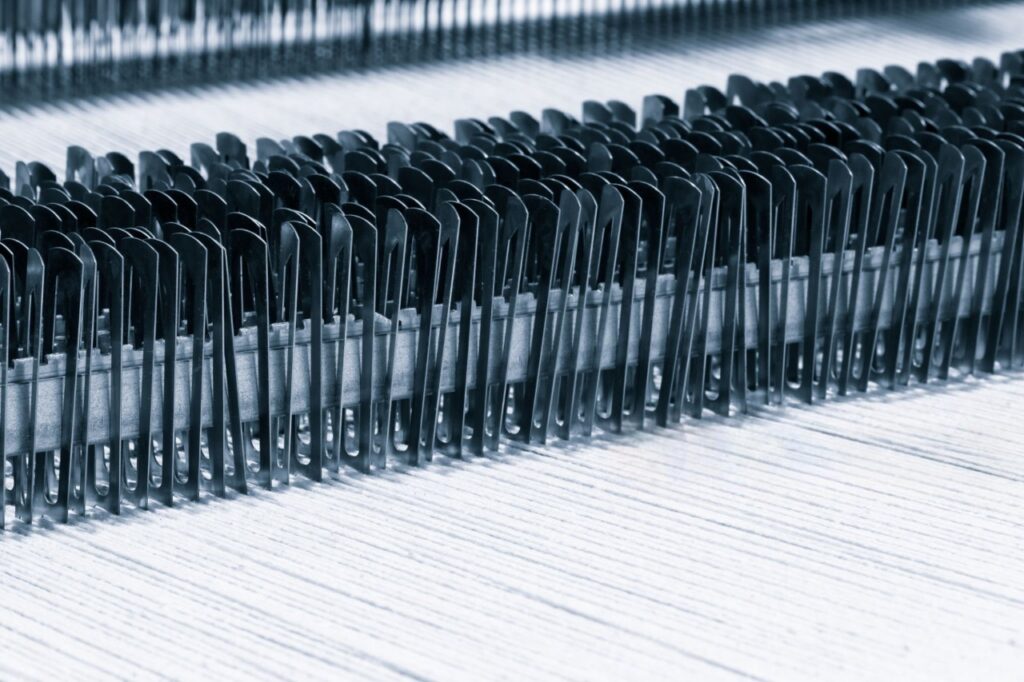
If thread count isn’t the king it was made out to be, what is? Let me introduce you to the true hero of our story: the quality of the cotton.
Imagine a cotton plant. Each boll produces fibres called staples. The length of these staples is everything.
Short-Staple Cotton: The most common, mass-produced cotton. The fibres are short (less than 1⅛ inches) and rough. To make thread, these short fibres have to be twisted together tightly, resulting in a thread that is weaker, prone to pilling, and less smooth. It’s the workhorse of the industry, but it will never produce the finest sheets.
Long-Staple Cotton: This is where the magic begins. Varieties like Egyptian and Pima (or Supima®) cotton grow in sun-drenched, fertile regions along the Nile or in the American Southwest. Their fibres are long—often over 1⅜ inches—silky, and strong. Imagine a rope made of long fibres versus one made of short, frayed pieces; the long-fibre rope is infinitely stronger and smoother.
These long, luxurious fibres can be spun into incredibly fine, yet incredibly durable, single-ply threads. Weavers can then take these fine threads and weave them into a dense, high-thread-count fabric without resorting to ply-trickery. The result is a fabric that is sublimely soft, incredibly strong, and, crucially, breathable. The gaps between the fine threads allow air to circulate, wicking moisture away from your body and keeping you at the perfect temperature all night long.
This was the secret of the “280 Thread Count, Long-Staple Egyptian Cotton” sheets. They were made from the finest raw material, woven with integrity. Their thread count was honest, and the feel was a natural, crisp softness that promised breathability, not the oppressive, chemical-laden slickness of the mega-count sheets.
Water Proof Mattress Cover
The Weave: The Personality of the Fabric
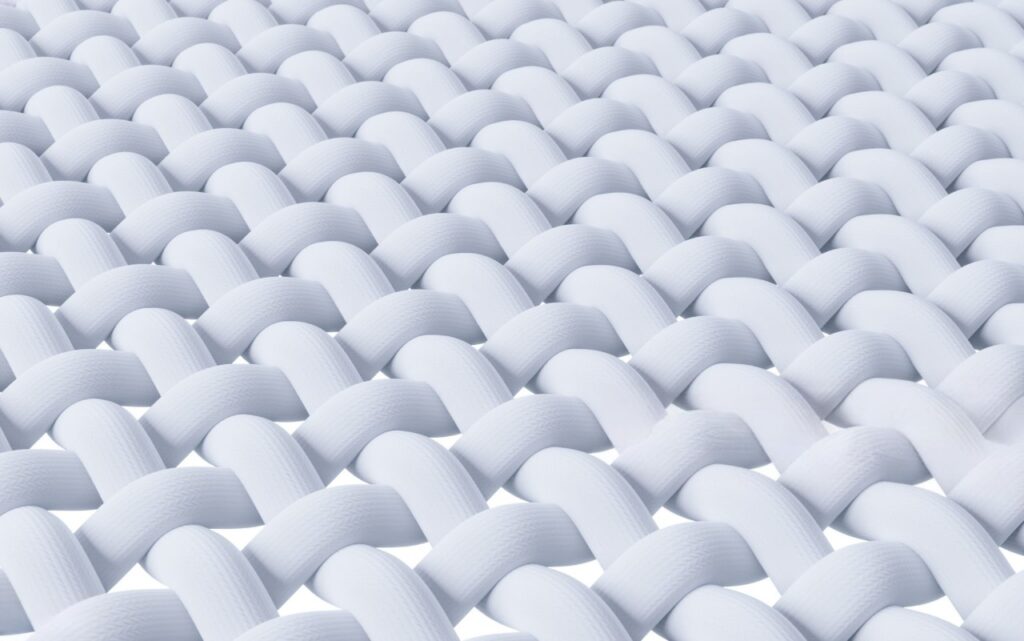
So, we have our raw material—the magnificent long-staple cotton. Now, how it is woven gives the fabric its fundamental personality. The two main characters in this part of our story are Percale and Sateen.
Percale is the classic. It’s a simple, tight, one-over-one-under weave. It’s balanced, durable, and has a matte finish. Percale feels crisp, cool, and lightweight against the skin. It’s the fresh, hotel-style sheet you imagine in a breezy summer home. Because of its structure, percale is highly breathable. A high-quality percale made from long-staple cotton with a thread count between 200 and 400 is arguably one of the most perfect and enduring bed linens you can own. It’s not glossy or overly slick; it’s honest, reliable, and wonderfully comfortable.
Sateen, on the other hand, is the romantic. It uses a three-or-four-over, one-under weave pattern. This allows more of the weft threads to dominate the surface, creating a fabric that is noticeably smoother, lustrous, and heavier than percale. It has a beautiful, silky drape and a subtle sheen.
Sateen feels luxuriously soft to the touch, but there’s a trade-off. The weave structure reduces breathability slightly compared to percale. It’s warmer and cozier, making it ideal for colder climates or those who always feel a chill. However, because the “float” threads (the ones that pass over multiple threads) are exposed, sateen can be more prone to snagging on rough skin or sharp nails.
Neither weave is inherently “better”; it’s a matter of personal preference. Do you crave a crisp, cool, breathable sleep? Choose Percale. Do you desire a soft, warm, silky feel? Choose Sateen.
Luxury Bed Spread 3 Pcs
Beyond Cotton: The New World of Fibers
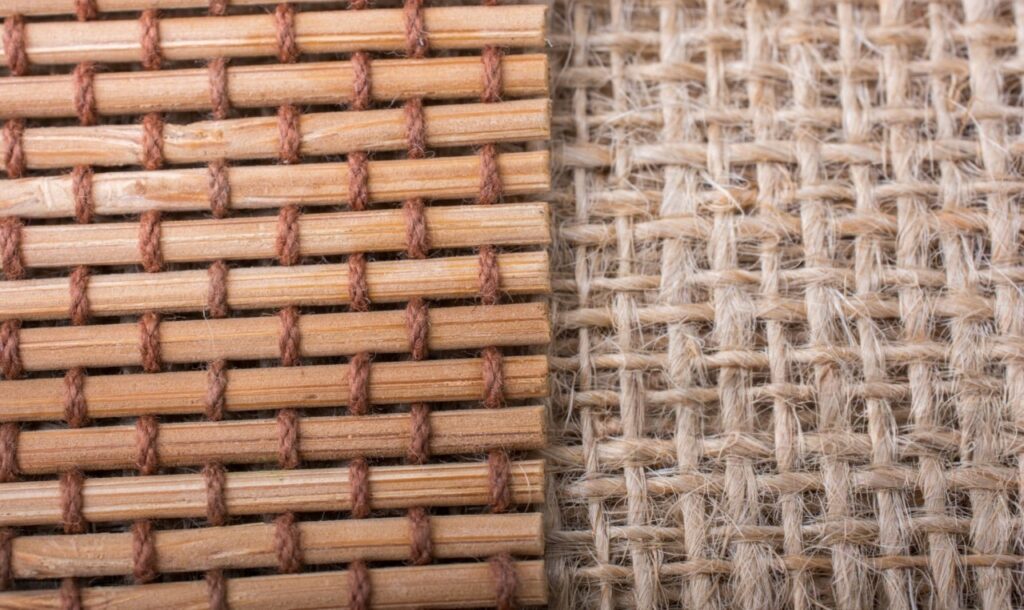
Our story began with cotton, but the world of bedding has expanded. Linen, made from the flax plant, is the ancient, wise elder. It’s incredibly breathable, moisture-wicking, and gets softer with every wash. It has a distinctive, rustic texture and a relaxed, crumpled look. Its strength is legendary, often lasting for decades. Linen isn’t about thread count; it’s about the natural, unique slubs in the yarn and the quality of the flax.
Bamboo (usually referring to rayon or lyocell made from bamboo pulp) is the modern innovator. It is exceptionally soft, often compared to silk or cashmere, and is also highly breathable and moisture-wicking. It’s a fantastic option for hot sleepers. However, the production process can vary in its environmental friendliness, so look for transparent brands using closed-loop systems (like TENCEL™ Lyocell).
Silk is the ultimate luxury, the royalty of fibres. It’s temperature-regulating, hypoallergenic, and incredibly smooth. It’s also delicate, expensive, and requires special care. Silk, like linen, operates on a different plane altogether from thread count metrics.
Luxury Bed Spread 3 Pcs
The Informed Sleeper’s Guide: How to Truly Choose Your Sheets

Armed with this knowledge, let’s return to the showroom. I am no longer the naive shopper mesmerized by a big number. I am an informed seeker of sleep. Here is what I now know to look for:
Ignore Extremely High Thread Counts: View anything over 600 with extreme suspicion. The sweet spot for truly high-quality, single-ply cotton sheets is between 300 and 500.
Prioritize Cotton Quality: The words on the label matter more than the number. Look for 100% Long-Staple Cotton, Egyptian Cotton, Pima Cotton, or Supima® Cotton. This is the single biggest indicator of quality.
Choose Your Weave: Decide on your sleep personality. Percale for a cool, crisp, classic feel. Sateen for a warm, silky, luxurious feel.
Feel the Fabric: Your hand is a sophisticated instrument. Does the fabric feel stiff or chemically soft? Does it breathe? Can you imagine it against your skin on a hot night? Trust your touch.
Read the Fine Print: Check the fiber content. Avoid vague terms like “luxury cotton” or blends that aren’t clearly explained. Look for certifications like Oeko-Tex, which ensures the fabric is free from harmful chemicals.
I finally left the showroom that day not with the 1200-thread-count siren song, but with the honest, understated 280-thread-count Egyptian Percale sheets. They felt light and promising in my bag.
That night, as I slipped between them, the truth of my journey revealed itself. The sheets were cool and crisp against my skin. They breathed with me, never trapping my body heat. There was no heavy, suffocating weight, just a light, airy comfort that cradled me into the deepest, most refreshing sleep I’d had in years. There was no loud proclamation of luxury, just a quiet, profound quality that whispered of sun-drenched fields and honest craftsmanship.
Thread count isn’t a lie. It’s just a single line in a much richer, more complex story. It’s a story of the soil, the sun, the skill of the spinner, and the artistry of the weaver. Don’t just buy a number. Buy the story. And may your chapter in that story be the most restful one yet.
Denim – King Size Micro Cotton Bed Sheet Set
FAQs
1. What is a good thread count for sheets?
For high-quality, long-staple cotton sheets like Egyptian or Pima, the ideal thread count range is between 300 and 500. This indicates a dense weave of fine, single-ply threads that results in a fabric that is soft, strong, and breathable. Be wary of extremely high counts, as they often use multi-ply thread tricks and can feel heavy and less comfortable.
2. Is a higher thread count always better?
No, not at all. Once you get into the extremely high range (800+), a higher thread count is often a sign of marketing manipulation, not quality. Manufacturers achieve these numbers by twisting multiple inferior threads together (multi-ply), which creates a denser, less breathable fabric that can trap heat. The quality of the cotton and the type of weave are far more important indicators of comfort and durability.
3. What's more important: thread count or cotton quality?
Cotton quality is significantly more important. A 300-thread-count sheet made from 100% long-staple Supima® or Egyptian cotton will be far superior to a 1000-thread-count sheet made from short-staple cotton. The long, silky fibers of premium cotton can be spun into fine, strong threads that create a soft and lasting fabric, while short fibers require heavy processing and chemical softeners that diminish comfort over time.

